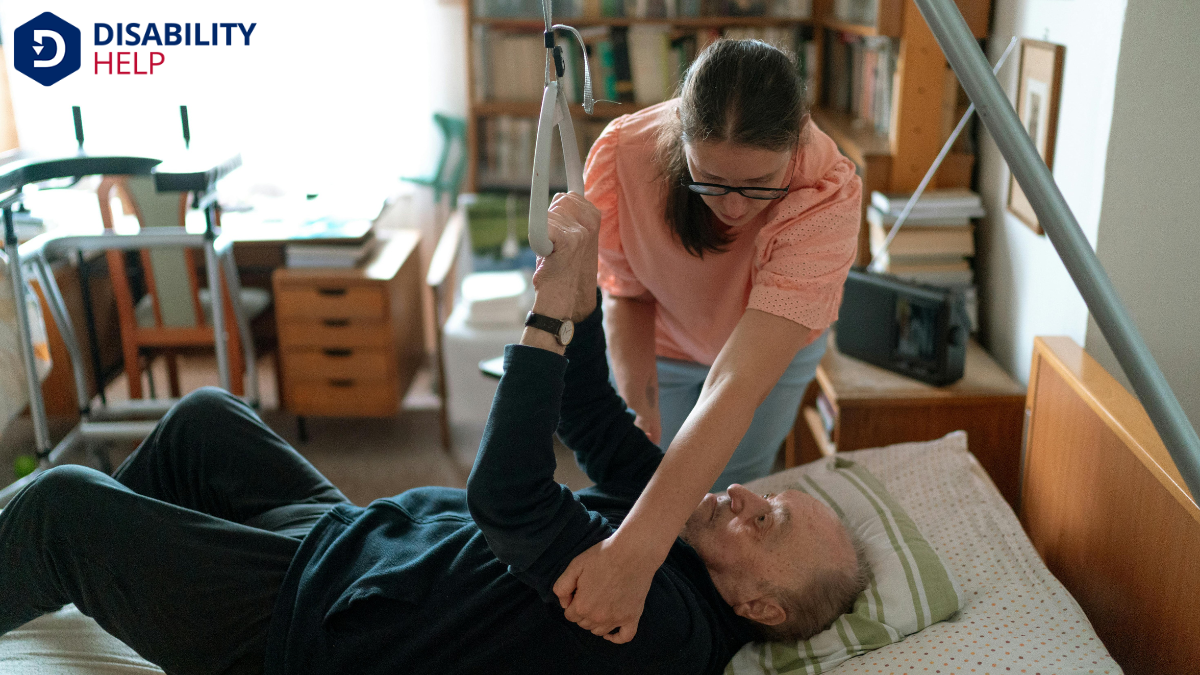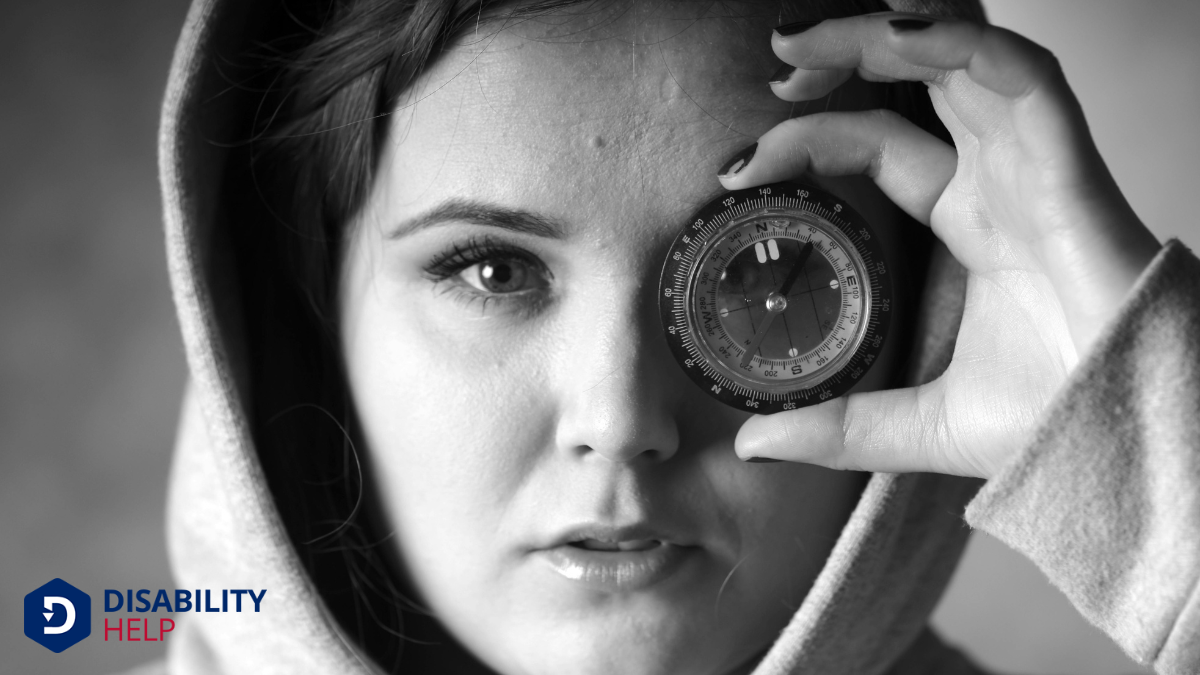When we think of assistive devices, hearing aids often come to mind. They're essential for millions with hearing difficulties, amplifying sounds and easing communication. These devices help users connect with others and enjoy auditory experiences, greatly enhancing social and community involvement. Yet, with so many other assistive technologies available, from mobility aidsDevices designed to help individuals move around more easily, such as canes, walkers, or wheelchairs... to vision tools, one might wonder what truly makes hearing aids stand out in their widespread use and impact.
Key Takeaways
- Hearing aids are often considered the most common assistive devices, aiding millions with hearing impairments.
- Mobility aids like canes and walkers are widely used for enhanced physical mobility.
- Eyeglasses, used for vision correction, are a highly prevalent assistive device globally.
- Wheelchairs provide essential mobility support for individuals with severe physical disabilities.
- Reading glasses and magnifiers assist those with vision challenges in daily tasks.
The Role of Assistive Devices in Modern Society
When we consider the impact of assistive devices in modern society, it's clear they play a crucial role in enhancing the quality of life for many people.
We often take for granted how essential these tools are for those with disabilities. They enable independence, improve accessibilityThe design of products, devices, services, or environments to be usable by people with disabilities...., and boost confidence. Whether it's a hearing aid, a wheelchair, or a screen readerSoftware that reads aloud the text on a computer screen, used by individuals who are blind or visual..., these devices bridge gaps, allowing users to participate fully in daily activities.
As a community, we benefit from the inclusionThe practice of creating environments in which any individual or group can be and feel welcomed, res... and diversityThe inclusion of individuals from a wide range of backgrounds, including people with disabilities. that assistive devices foster. They empower individuals to contribute economically and socially, enriching society as a whole.
We must continue to advocate for their availability and advancement, ensuring everyone has the opportunity to lead a fulfilling life. Let's prioritize accessibility and inclusion for all.
Exploring the Range of Assistive Technologies

Building on the importance of assistive devices in our society, let's explore the wide array of assistive technologies available today. These innovations empower individuals by enhancing communication, hearing, vision, and daily living.
For those with hearing impairments, devices like hearing aids and cochlear implants make a significant difference. Communication technologies, such as speech-generating devices, help individuals express themselves effectively. Vision aids, including screen readers and magnifiers, assist those with visual impairments in accessing information.
We also find technologies designed for daily living tasks. Smart home devices enable easier control of home environments, while ergonomic tools support those with dexterity challenges.
Each advance reflects our commitment to inclusivity, allowing people to engage more fully in their communities. Let's continue to embrace these technologies as they evolve.
The Rise of Mobility Aids
As society becomes more inclusive, we're witnessing a significant rise in the use of mobility aids, which play an essential role in enhancing independence for individuals with mobility challenges.
These devices, ranging from canes and walkers to wheelchairs and scooters, empower users to navigate their environments more freely and confidently. They not only improve physical mobility but also contribute to emotional well-being by fostering a sense of autonomy.
Let's consider the impact on daily life. With mobility aids, individuals can participate more actively in community activities and maintain social connections, which are crucial for mental health.
Technology advancements have also led to more ergonomic and user-friendly designs, making these aids more accessible and effective. As a result, we're seeing a positive shift towards greater empowermentThe process of gaining control, authority, and power over one’s life, often used in the context of... and inclusion.
Hearing Aids: A Lifeline for Many
Hearing aids have become an indispensable tool for millions of people worldwide, transforming lives by improving communication and social interaction. They help us connect with loved ones, engage in conversations, and fully participate in our communities.
By amplifying sound, hearing aids reduce the strain of listening and allow us to enjoy life's auditory pleasures, from music to the laughter of children.
Modern hearing aids are discreet and technologically advanced, often featuring wireless connectivity to smartphones or other devices. This connectivity allows us to adjust settings easily, ensuring the best hearing in different environments.
Vision Enhancement Tools and Their Impact

While hearing aids are essential for auditory needs, vision enhancement tools also play an important role in improving the quality of life for those with visual impairments.
These tools, like magnifiers, screen readers, and specialized glasses, help us navigate everyday tasks with greater ease and independence. For many, they’re not just tools; they're gateways to a more inclusive world.
Magnifiers make reading small text less of a challenge, while screen readers convert text into speech, granting us access to digital content.
Specialized glasses, such as those with telescopic lenses, allow for clearer distant vision. We should consider how these devices empower individuals, boosting confidence and participation in daily activities.
Let’s continue to recognize and promote the transformative impact of these essential tools.
The Growing Popularity of Communication Devices
As we explore the growing popularity of communication devices, we see how they enhance our daily interactions and bridge communication gaps.
These tools empower individuals who face challenges in expressing themselves, fostering more inclusive communities.
Let's consider how these devices are transforming our connections and making communication more accessible for everyone.
Enhancing Daily Interactions
In recent years, we've witnessed a surge in the popularity of communication devices, transforming how individuals with speech or language impairments engage in daily interactions.
These tools empower people to express themselves more effectively, enhancing their connections with friends, family, and colleagues.
Communication devices, from speech-generating gadgets to text-to-speech apps, have become indispensable in fostering inclusivity.
Bridging Communication Gaps
Despite their unique challenges, individuals with speech or language impairments are finding new ways to communicate effectively, thanks to the growing popularity of communication devices.
These tools are bridging the gaps between them and the world, allowing for more meaningful interactions. We’re embracing technology like never before, finding that apps and specialized devices empower individuals to express thoughts and needs independently.
Imagine how transformative it's when someone who struggled to communicate can now participate in conversations and share ideas effortlessly.
As we incorporate these devices into daily life, we’re not just enhancing communication; we’re fostering inclusivity and understanding.
It’s essential that we continue supporting innovations in this field, ensuring everyone has a voice and the means to use it.
Conclusion
In our exploration of assistive devices, we've seen how these technologies transform lives. From mobility aids to vision enhancement tools, each device plays a critical role in enhancing independence and quality of life. Hearing aids, in particular, stand out as a lifeline for many, fostering communication and social interaction. As we embrace these innovations, let's continue to support and advocate for accessibility, ensuring everyone benefits from the incredible advancements in assistive technology.






